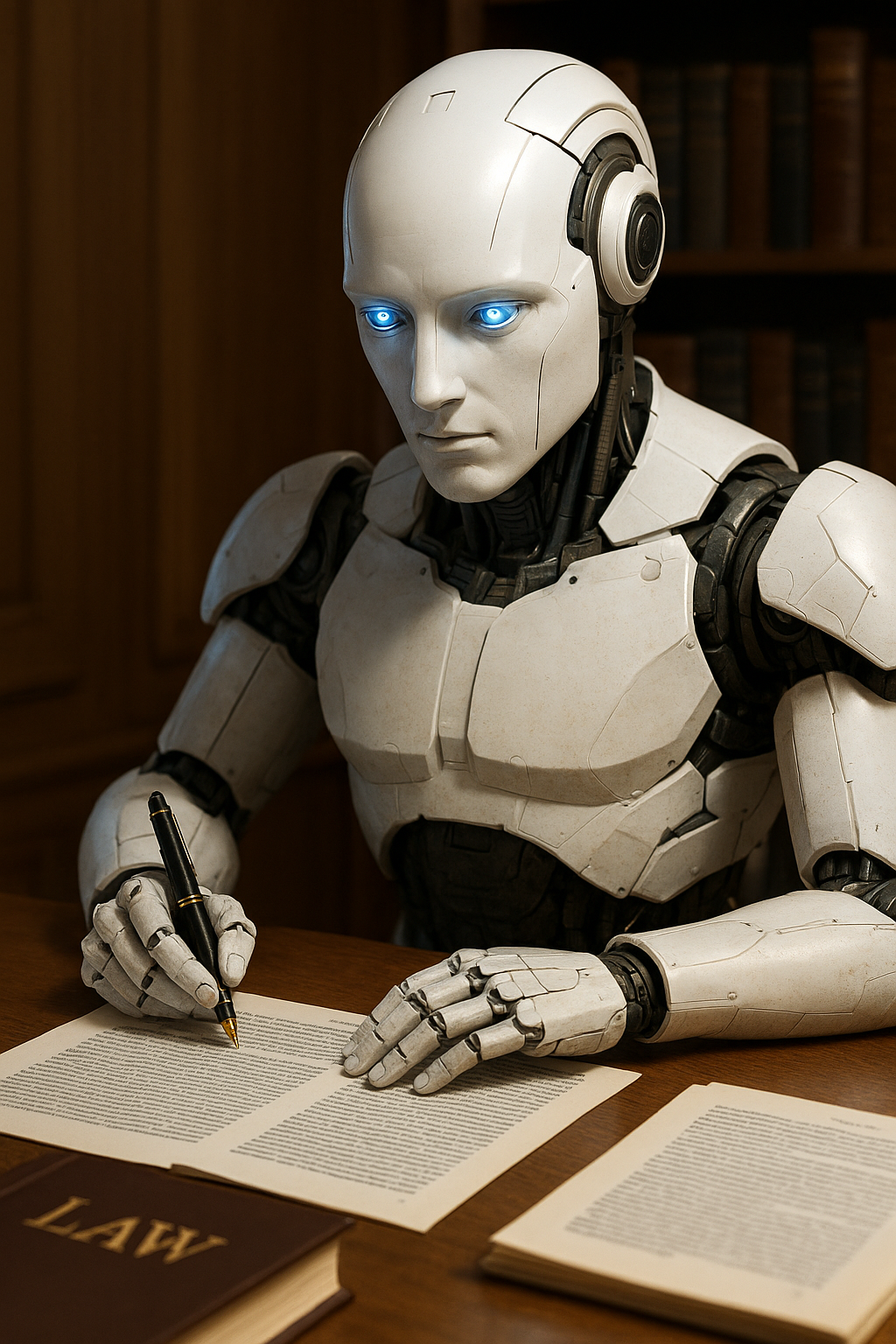AI-generated works face legal crossroads as experts push for tiered rights
The study investigates how two of the world’s largest digital economies are handling copyright challenges as generative AI systems like ChatGPT, DALL·E, and Midjourney redefine creative production. While both China and the United States agree that human input is essential for copyright eligibility, their judicial interpretations diverge significantly.

The explosion of generative artificial intelligence is redefining the boundaries of creativity, fueling intense debates over ownership, authorship, and intellectual property rights. In a groundbreaking study, researchers examine how China and the United States are confronting these legal uncertainties.
Published in AI Magazine, the research, titled "Tiered copyrightability for generative artificial intelligence: An empirical analysis of China and the United States judicial practices," introduces a three-tiered copyright model that could transform how AI-generated works are protected in digital economies worldwide.
Diverging approaches in China and the United States
The study investigates how two of the world’s largest digital economies are handling copyright challenges as generative AI systems like ChatGPT, DALL·E, and Midjourney redefine creative production. While both China and the United States agree that human input is essential for copyright eligibility, their judicial interpretations diverge significantly.
In the United States, courts and the US Copyright Office have repeatedly rejected copyright claims when human creators exercised only minimal or no control over the final output. Notable cases such as Zarya of the Dawn, A Recent Entrance to Paradise, and Théâtre d’Opéra Spatial revealed a consistent pattern: protection is denied when the output is largely autonomous and unpredictable, reflecting a strict emphasis on substantive human authorship and creative direction.
China, on the other hand, takes a more inclusive stance. In the pivotal 2023 case Li v. Liu, courts acknowledged user rights in AI-generated images when there was demonstrable creative input, even though the AI carried out much of the technical execution. This nuanced approach signals that Chinese courts are more willing to explore a spectrum of human involvement, setting a legal environment more adaptable to the realities of human–AI co-creation.
The tiered copyrightability framework
The authors argue that the binary system of either granting full copyright or denying it entirely is no longer tenable in the age of advanced generative technologies. Their proposed tiered copyrightability model introduces three levels of protection that align with varying degrees of human contribution and technological control:
-
Strong Protection: This applies when humans exercise significant creative control, and the AI functions more as an assistant executing predefined instructions. These scenarios closely resemble traditional creative processes where tools, not autonomous agents, aid the creator.
-
Qualified or Limited Protection: This tier addresses scenarios where users provide creative direction through prompts or parameters but rely on AI systems to generate a substantial portion of the expressive content. Such works would receive limited rights, recognizing human input without equating it to full authorship.
-
No Protection: Works generated almost entirely by autonomous AI systems without meaningful human intervention would not qualify for copyright. This category reflects outputs where human contribution is too minimal or incidental to establish authorship.
The authors argue that this spectrum not only better reflects the reality of AI-enabled creative processes but also provides a flexible foundation for courts and policymakers to adjudicate disputes more fairly.
Policy implications and future directions
The paper delves into the broader policy implications of its findings. The authors highlight that a tiered system could protect creative industries from the chilling effects of either over-protection or under-protection. Overly broad copyright claims risk monopolizing AI-generated works and stifling innovation, while denying protection entirely disincentivizes the valuable human creativity that often initiates or directs these outputs.
The research also points to ongoing litigation in the United States involving companies such as OpenAI, Stability AI, and Meta, which highlights unresolved tensions around training data usage and copyright claims on generated outputs. The study distinguishes between input-stage disputes, such as whether training on copyrighted datasets constitutes infringement, and output-stage questions surrounding originality and ownership of the final work.
The authors further propose a technological roadmap for managing copyright assessment in practice. They suggest integrating advanced natural language processing, computer vision, and blockchain verification to create automated systems capable of analyzing creative intent, originality, and authorship traces in AI workflows. Such systems, they argue, could interface with initiatives like China’s JusticeChain platform, offering end-to-end evidence management and automated registration processes to enhance transparency and trust.
The paper also notes emerging shifts in the United States. In a significant 2025 development, the US Copyright Office approved the registration of an AI-generated image titled A Single Piece of American Cheese, signaling a potential softening of the rigid human-control requirement. This evolving stance hints at an international trend toward more nuanced interpretations that may eventually harmonize legal approaches across jurisdictions.
- FIRST PUBLISHED IN:
- Devdiscourse










